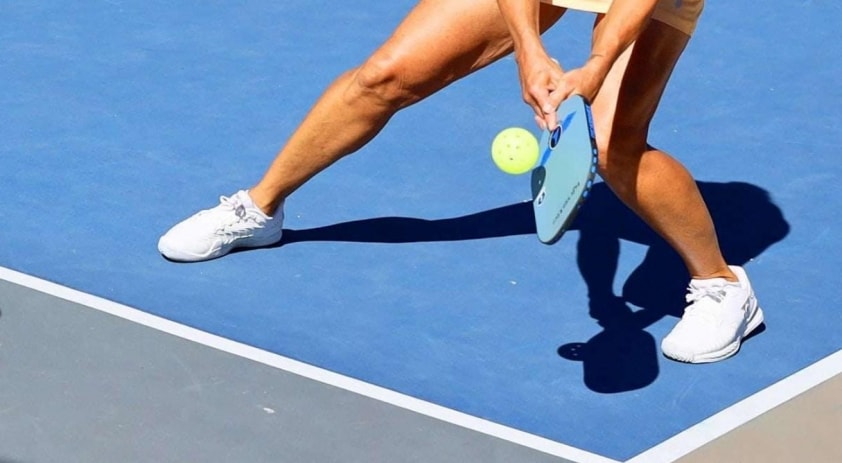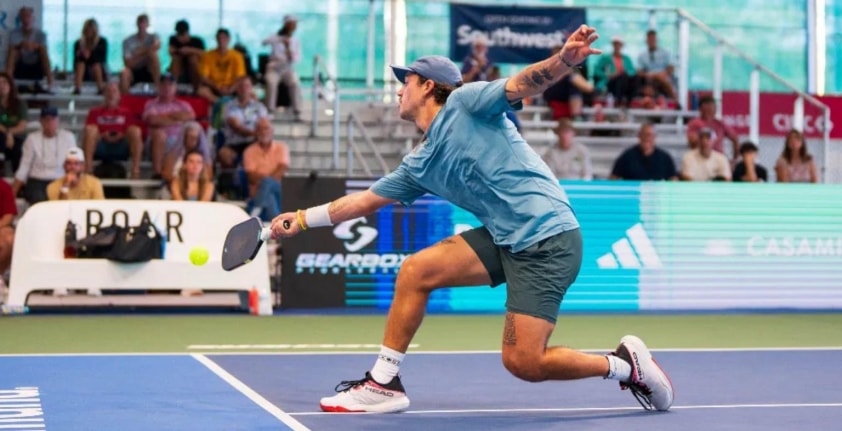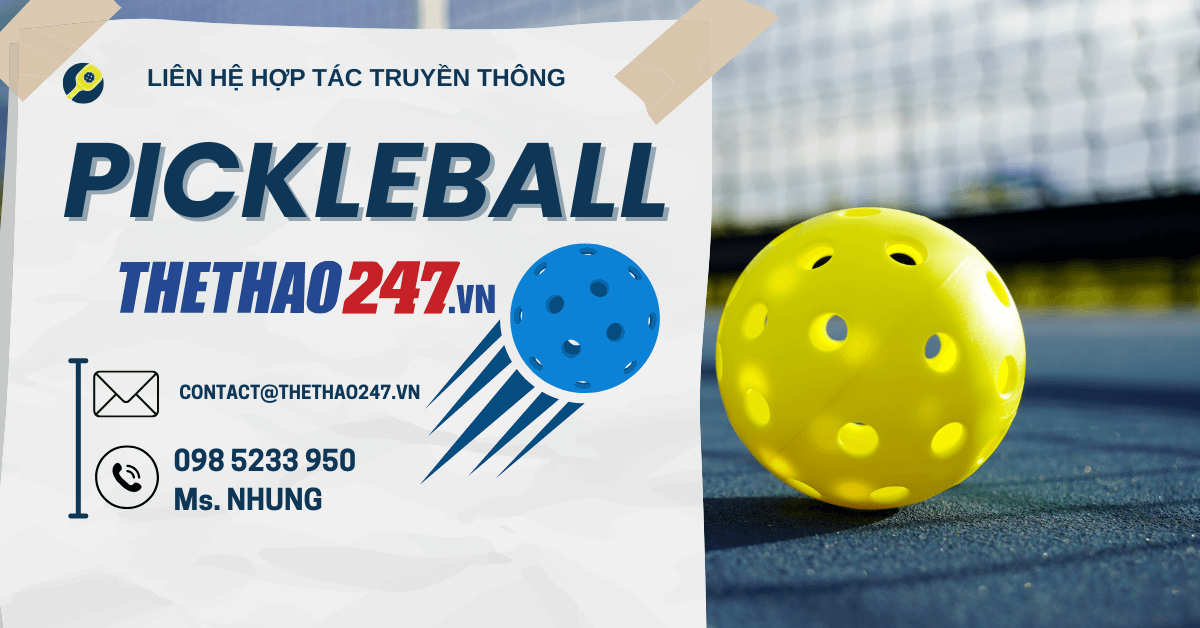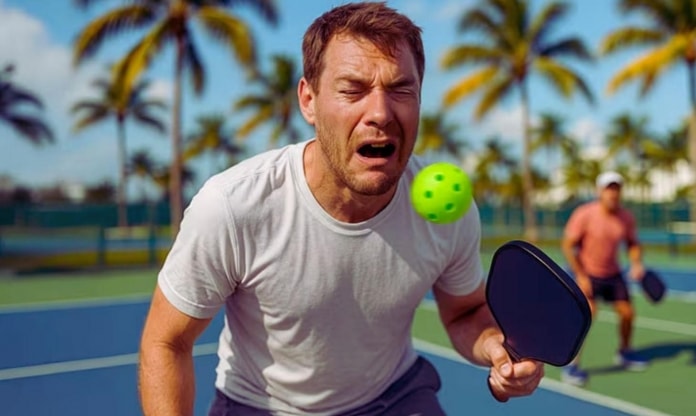Michael Loyd shows 7 foot techniques to elevate Pickleball
Coach Michael Loyd emphasizes footwork as the dividing line between good and average players, with seven key principles from low stance, split steps to cross-recovery and the 60-second final drill.
In Pickleball, the moment your opponent touches the ball is the tipping point of the entire reaction chain: you are either ready with a well-timed footstep, or you get stuck halfway through and lose the initiative. For Michael Loyd – a professional coach and former player who has worked with many players in the United States – the key is the feet. He asserts: “Foot movement is the decisive factor that separates good players from average players.”

Seven footwork techniques to master the rhythm of the game
1. Low and balanced posture
“Bend your knees, not your waist,” says Loyd. A low center of gravity stabilizes the body, allowing for quick changes of direction, while keeping your head up allows you to see the entire court. A suggested drill is the “chair” position with a partner: back straight, lower yourself as if sitting down to get the center of gravity right. He recommends watching Andrei Daescu to learn how to balance at a high level.

2. Split step at the right moment
The split step is a reflexive warm-up ritual: “Bounce back on your toes when your opponent contacts the ball.” A simple trick is to have a friend practice saying “Hit!” every time you swing your racket so you open and close your muscles in time to contact the ball.
3. Move horizontally in a “crab” style in the kitchen area
In the kitchen, avoid rotating your hips away from the net at all costs – it disrupts your balance and vision. Loyd suggests moving laterally while keeping the net in view and the paddle ready. JW Johnson is a great example of a smooth laterally moving paddle, keeping your feet in rhythm like a metronome.
4. Small steps when approaching the ball
“Don’t lunge,” Loyd emphasizes. Instead, use a series of short steps to fine-tune your distance before contact. The “limited short step” drill—each step no longer than the length of your foot—forces your body to constantly adjust, keeping your balance and reducing heavy errors.
5. Enter the kitchen in a controlled manner
Don’t sprint through the transition zone. “Don’t sprint through the transition zone, you’re vulnerable to counterattacks. Stop, step apart and drop your feet every time your opponent touches the ball.” If the ball is deep, opt for a locked-wrist volley to absorb the force and make the counterattack short.
6. Recovery path and awareness of the field
After a long shot, recover diagonally to the center to “cut the corner”, closing the space on the sides. In doubles, peripheral vision is golden: keep body – feet – partner moving in sync along the imaginary “connecting line” on the ball path.
7. Walking when tired
The end of the workout is when your leg discipline is tested. “At the end of every workout, do 60 seconds of continuous splits. Remember: put your feet first, then your hands. I always tell myself ‘soft hands, fast feet’ when I’m tired to stay focused.”

Tactical Analysis: Why Feet Shape Victory
A low stance sets the stage for all tactical decisions: by keeping the centre of gravity down and the eye level with the net, the player maintains two options for attack and defense. A well-timed split step turns passive reflexes into active ones, especially in short kitchen rallies where reaction times are measured in fractions of a second.
The lateral movement helps to “close” the short diagonal and protect the middle, while the small step fine-tunes the racket-ball distance, limiting late or early errors. The diagonal recovery to the center reduces the space on the far side, which opponents often exploit after pulling the player out of the court.
In doubles, the principle of “moving with the front” – forward, back, and sideways in sync – keeps the defensive box square to the net. It all starts with footwork, like how Andrei Daescu or JW Johnson maintain a consistent pattern of weight transfer from point to point.
Training statistics and metrics
- 7 core principles of footwork according to Michael Loyd.
- 60 seconds split step at the end of the workout to train reflexes when tired.
- Each step should be no longer than the length of the foot when approaching the ball.
- Split step is performed at the exact moment the opponent contacts the ball.
Reactions and recommendations
“Proper footwork not only makes each shot easier and more accurate, but also saves energy and reduces the risk of injury,” Loyd emphasizes. Keeping a low stance, moving laterally and stopping-splitting-dropping the foot in the transition zone is a “shield” against high-speed counter-attacks.

Impact: Raise the ceiling of performance from the foundation of the feet
From the kitchen to the transition zone to deep baseline, every shot comes down to footwork. When players understand how to stand, break at the right time, and recover diagonally, each shot becomes more confident, precise, and safe—the thing that separates amateurs from pros, as Loyd puts it.
